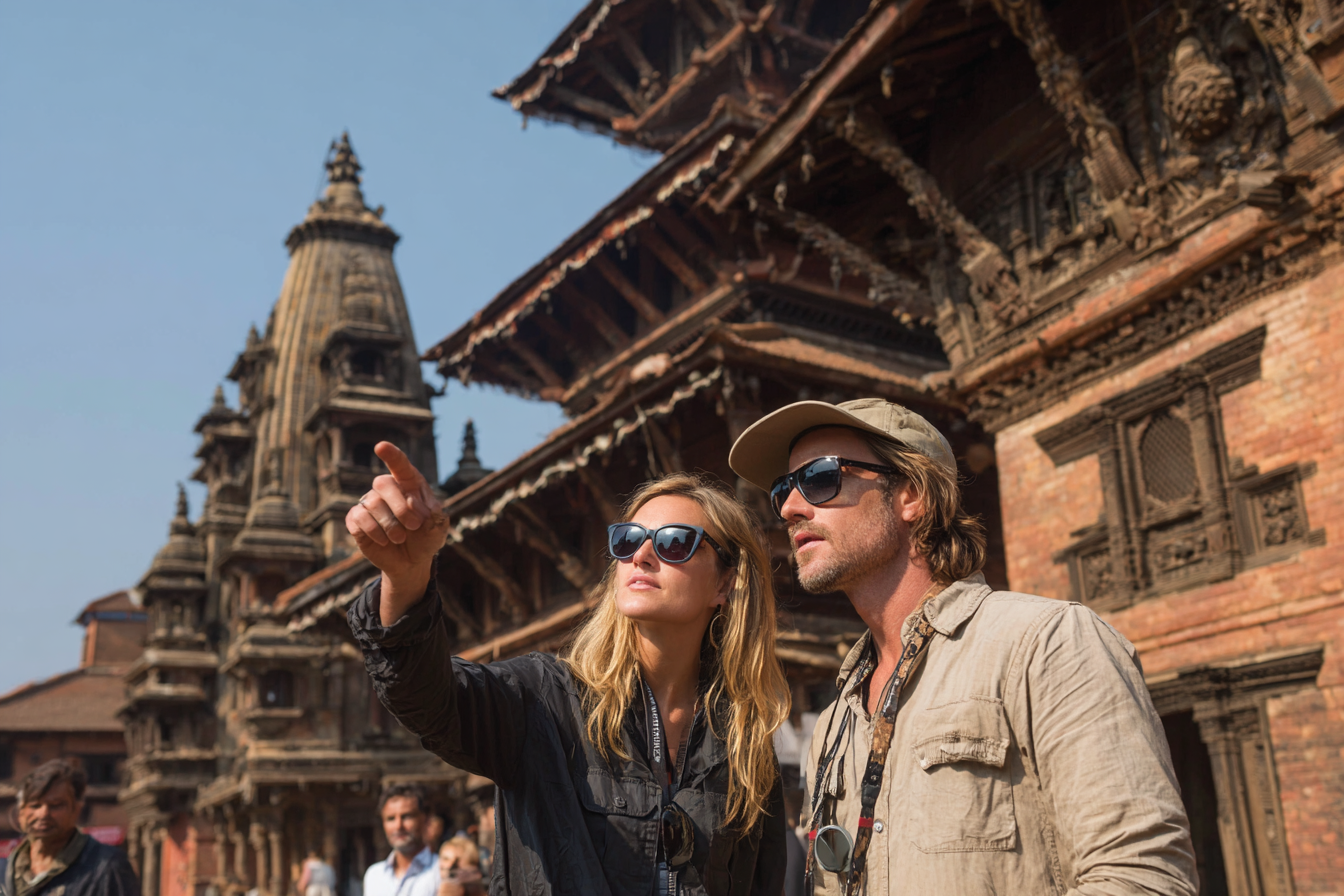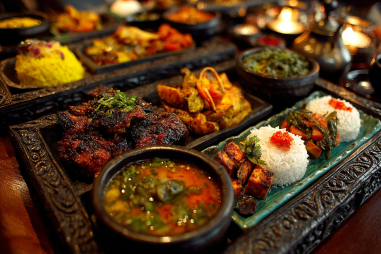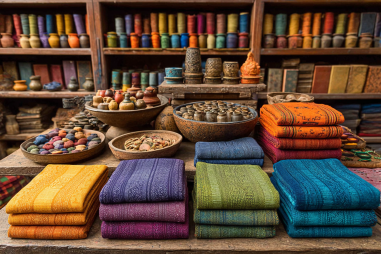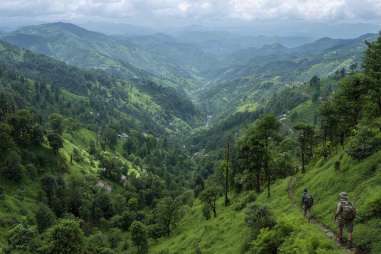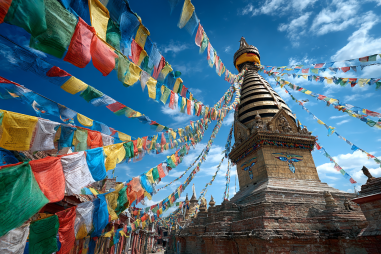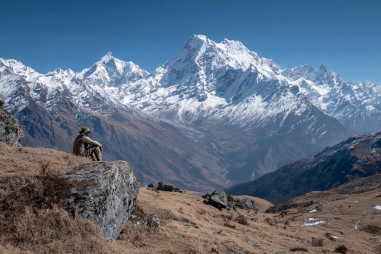Bhaktapur, often celebrated as a living museum, is one of Nepal’s richest cultural gems. Renowned for its well-preserved medieval architecture, charming courtyards, and vibrant traditions, this ancient city boasts several UNESCO World Heritage sites that provide visitors with a deep dive into Nepalese history and art. To ensure you have a memorable and respectful visit, this guide offers practical tips that cover everything from entry protocols to cultural etiquette and photography advice.
An Overview of Bhaktapur’s UNESCO Sites
Bhaktapur is part of the Kathmandu Valley UNESCO World Heritage site, recognized for its unique blend of artistic and architectural marvels that date back to the Malla period. The city is famous for the Durbar Square, which includes stunning palaces, courtyards, and temples adorned with intricate wood carvings and stunning stone statues. Notable sites include the 55 Window Palace, Vatsala Temple known for its golden roof, and the Nyatapola Temple, regarded as the tallest pagoda-style temple in Nepal.
Beyond the square, the city’s traditional neighborhoods offer a glimpse into centuries-old Newari culture, crafts, and festivals, all preserved through community traditions and practices. Visiting Bhaktapur’s UNESCO sites means stepping into a living history, where every street and structure tells a story.
Entry and Ticket Information
Visiting Bhaktapur’s heritage sites is relatively straightforward, but it is essential to know about the ticketing system to avoid surprises. Entrance to Bhaktapur Durbar Square requires a ticket, usually priced modestly to support preservation efforts. Tickets can be purchased at the main entrance points, and it is advisable to keep the ticket throughout your visit as spot checks are common.
Some parts of Bhaktapur, like local squares and streets, do not require tickets, but restricted access areas within heritage structures do. If you plan to visit multiple historical sites in the Kathmandu Valley, consider purchasing a combined heritage pass, which can be more economical and convenient.
Always check the latest ticket prices and opening hours in advance, as they can change depending on the season or local events.
Best Times to Visit
Bhaktapur is enchanting year-round, but certain seasons offer a more pleasant experience. The best time to visit is during the autumn months (September to November) when the weather is clear and temperatures are mild – ideal for exploring open courtyards and temple rooftops. Spring (March to May) also offers blooming flowers and vibrant festivals, adding color to your visit.
Winter months (December to February) can be chilly, especially in the mornings, but Bhaktapur sees fewer tourists during this time, making it great for a quieter experience. Try to avoid the monsoon season (June to August), as heavy rains may limit outdoor activities and obscure views of the city’s architectural details.
Early mornings and late afternoons are excellent times to explore to enjoy softer light for photography and avoid crowds in popular areas.
Respecting Cultural Norms
Bhaktapur’s cultural fabric is deeply rooted in Buddhist and Hindu traditions, and visitors are expected to show respect for local customs and practices. When entering temples or religious sites, remove your shoes, and dress modestly — shoulders and knees covered are generally advisable. Avoid loud conversations and always ask permission before entering restricted areas or photographing individuals, especially during religious ceremonies.
It’s also polite to observe any signs indicating no-entry zones or restrictions on touching certain artifacts. Festivals and rituals happen frequently in Bhaktapur, and while it may be tempting to participate, it is best to observe quietly and respectfully unless invited to join.
Supporting local artisans by purchasing handicrafts directly from them can further contribute to preserving Bhaktapur’s cultural heritage.
Guided Tours vs. Self-Exploration
Deciding between a guided tour and exploring Bhaktapur on your own depends on your travel style and interests. Guided tours provide rich context, historical insights, and anecdotes that bring the sites to life. Experienced guides can also help navigate the city efficiently, point out hidden gems, and clarify local customs, which enhances the overall experience.
On the other hand, self-exploration allows for a slower pace and the freedom to wander into lesser-known neighborhoods, interact more spontaneously with locals, and potentially discover unique spots off the beaten path. If choosing self-exploration, consider downloading offline maps or guidebooks and allocating sufficient time to fully appreciate the complex layout of Bhaktapur’s old town.
Some visitors opt for a combination of both: a guided tour of major sites followed by unstructured free time for wandering and shopping.
Photography and Behavior Tips
Bhaktapur is a dream destination for photographers, offering stunning architectural and cultural scenes. However, it’s important to balance your photography enthusiasm with respect for people and places. Always ask permission before taking portraits, particularly of women, children, and monks.
Use your camera discreetly during religious ceremonies and avoid using flash inside temples, which can be disruptive. Drone usage is generally prohibited without special permits, so check local regulations before using one.
Maintain courteous behavior by not touching or climbing on ancient monuments, as they are fragile and protected by law. Keep noise levels down and dispose of trash appropriately to help preserve the beauty and sanctity of these heritage sites.
Embracing the Spirit of Bhaktapur
Visiting Bhaktapur’s UNESCO World Heritage sites offers a unique chance to connect with Nepal’s rich cultural and historical legacy. By planning thoughtfully — understanding entry procedures, choosing the best times, respecting traditions, and balancing guided insights with personal discovery — you’ll gain a deeper appreciation of this enchanting city.
Your mindful behavior ensures that Bhaktapur continues to be a vibrant cultural center for generations to come, making your visit not only enjoyable but also meaningful and respectful. Take your time, engage with the community, savor the local crafts and cuisine, and let this timeless city leave a lasting impression on your travel memories.

